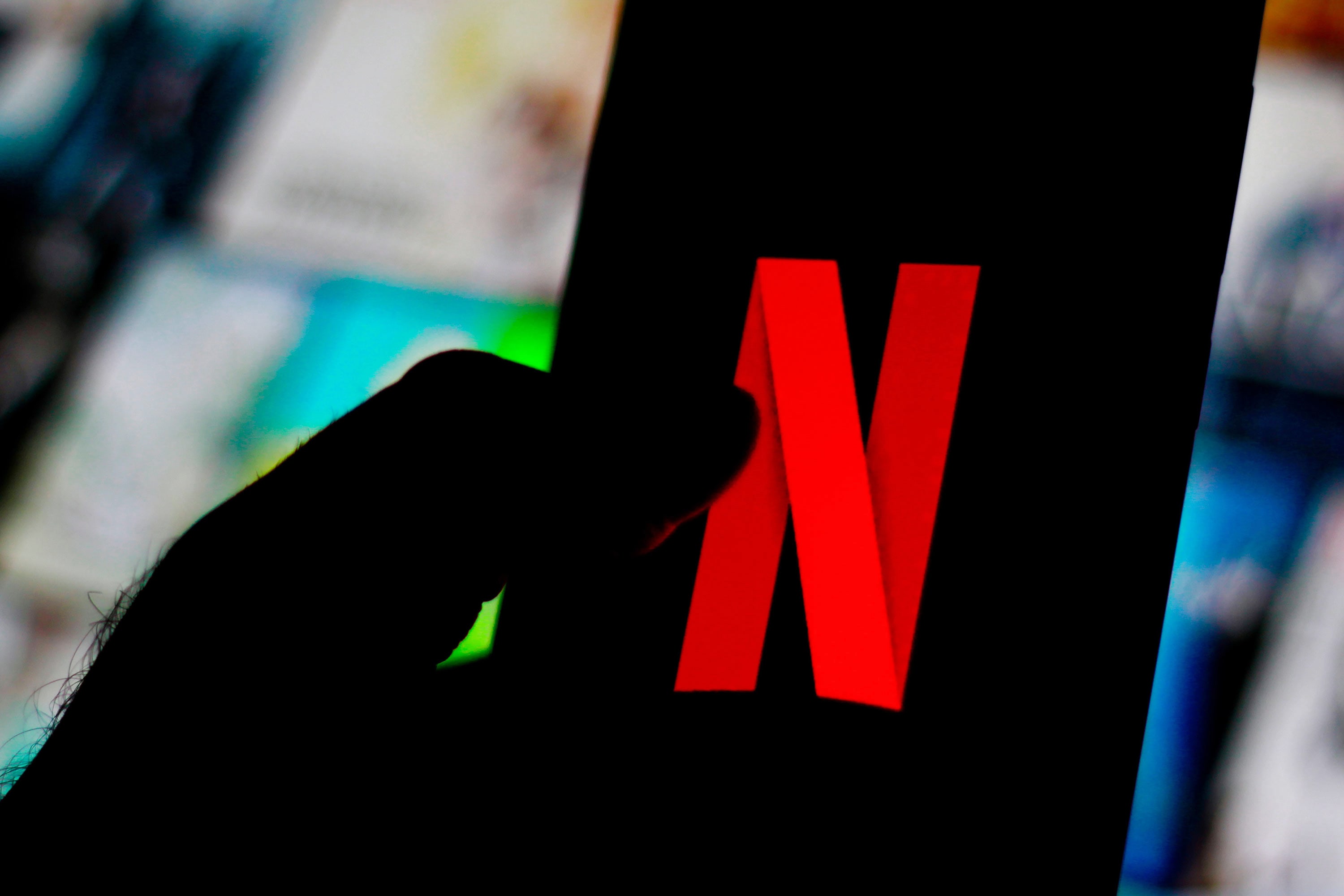Needham’s Laura Martin sees challenges ahead for Netflix as economy reopens, competition stiffens

Streaming companies stand to lose a lot as the economy reopens and consumers seek more entertainment outside the home, and Netflix could be in the toughest position in the competition, Needham’s Laura Martin told CNBC on Friday.
“We’re calling for an attention recession in 2021,” the analyst said in a “Power Lunch” appearance.
Video streaming subscriptions surged as people stayed inside due to the spread of coronavirus and associated lockdowns. Home entertainment boomed as in-person entertainment businesses, such as movie theaters and concert halls, were severely restricted or closed down to help limit the spread of Covid-19.
During the first six months of last year, the most severe stretch of nationwide pandemic lockdowns, Netflix reported adding more than 25.8 million net paid subscribers, more than twice the number of subscribers it signed up in the first six months of 2019. The growth tapered off in the second half, however, as the number of new account sign-ups fell double digits in the back end of 2020, according to FactSet.
Netflix, which introduced online streaming in 2007, said it had more than 203 million total subscribers at the end of 2020. Disney, which introduced its streaming service in late 2019, earlier this week boasted crossing a 100 million subscriber milestone in the 16 months since Disney+ launched.
As more eyeballs and pocketbooks were linked to video streaming platforms, there was an accompanying rise in industrywide subscriber churn rate, or the percentage of accounts that went unpaid or were closed out, Martin said. The churn rate for paid streaming services spiked to 34% in October from 9% in May 2020, she said.
That in part could be blamed on the increasing number of consumers who are likely to pay for a service to get access to watch certain content and then let the account go unpaid. Martin cited a survey that found that 62% of respondents said they’ll pay for a service until they’ve finished watching a specific show.
Additionally, total television viewing rose by five hours per day during coronavirus lockdowns, but Martin sees that number dropping off severely when more outdoor activities are allowed to resume and more people are vaccinated.
In a short two years, the streaming world got more crowded, growing from six dominant players to 10. Unlike competitors such as Disney+, Discovery+ and Paramount+, Netflix does not have the backing of diversified traditional media conglomerates, Martin said. Disney is expected to benefit greatly from the reopening with a revival in its theme park, cruise and movie businesses.
The near future will be smoother for “big, large, deep-pocketed companies with deep libraries and sister subsidiaries that can fund … streaming losses indefinitely, which Netflix cannot do because it does not have any other business lines,” she said.
Furthermore, content-rich platforms such as Disney+ come at a lower price point than Netflix, which gives the latter another challenge to overcome, Martin added.
Live event coverage, such as sports, and news content will also play a critical role in streaming customer retention, another disadvantage for Netflix, she said.
“The three that [will] win in the big general entertainment category will have those two genres to drive subscribers to their service, and then their core competence will be … retention,” Martin said. “But Netflix doesn’t have either news or sports, so it doesn’t have these big events.”
Netflix shares traded down about 1% on Friday to close at $517.01. The stock is down almost 13% from its highs in January.